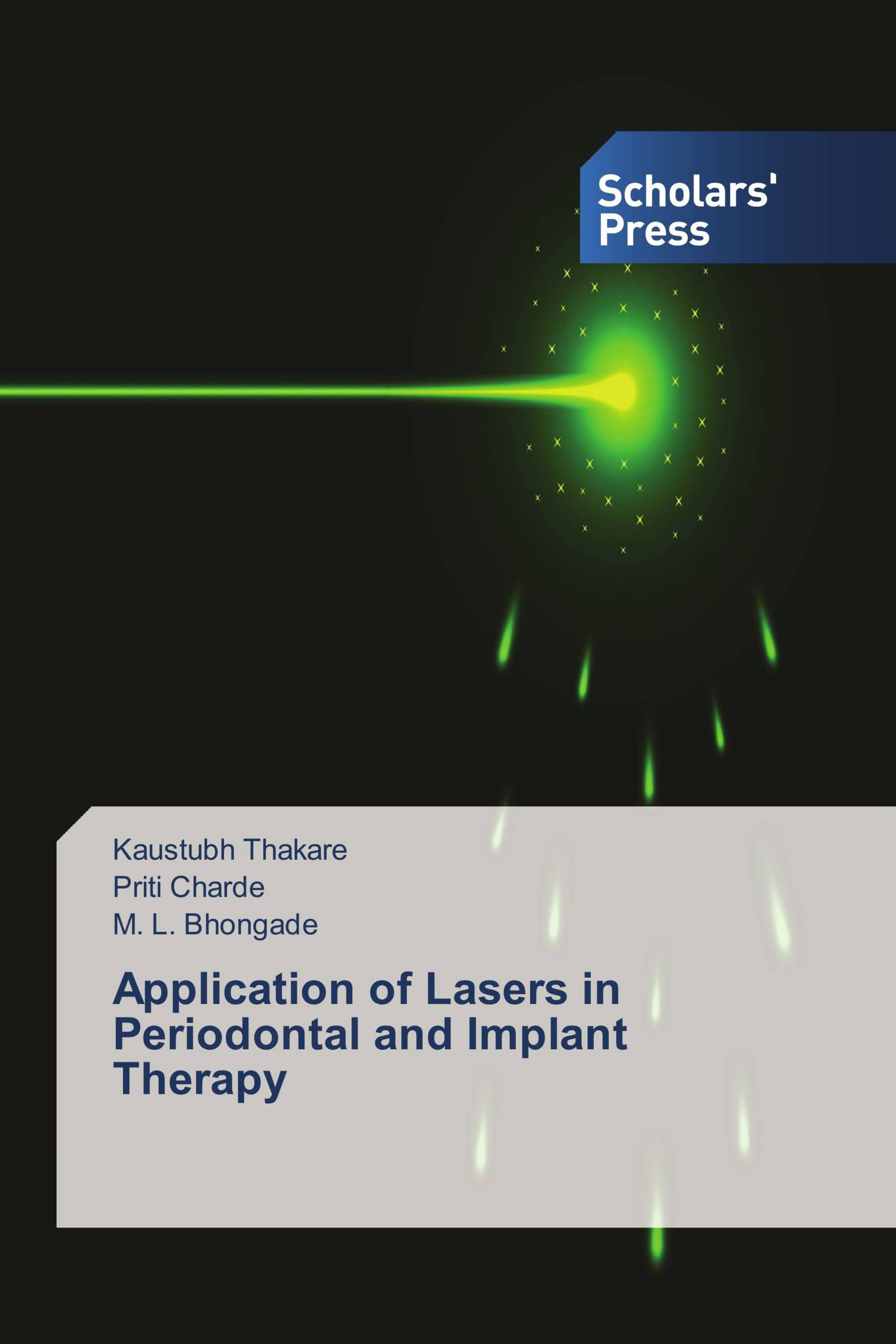The development of the use of lasers in dentistry has grown in the last 5 to 6 years and suddenly, many clinicians began looking to replace their aging electrosurgery units. Nd:YAG and carbon dioxide (CO2) lasers were the first soft tissue laser wavelengths introduced in dentistry in the early 1990s. Diode lasers, first introduced in 1995 for soft-tissue procedures, have impacted many areas of our dental practice . The erbium family of hard-tissue lasers (Er,Cr:YSGG and Er:YAG wavelengths) made their appearance in dentistry in the late 1990s and were heralded initially for their ability to cut tooth structure as well as soft tissue. The ability to ablate anything with water in it made it possible to use these “all tissue” lasers for many purposes. Lasers may be a novel, effective tool for the treatment of periodontitis. However, lasers have advantages as well as disadvantages. Therefore the operator must be aware of the possible risks involved in clinical applications, and precaution must be exercised to minimize these risks when performing laser therapy.
Book Details: |
|
|
ISBN-13: |
978-3-330-65051-0 |
|
ISBN-10: |
3330650516 |
|
EAN: |
9783330650510 |
|
Book language: |
English |
|
By (author) : |
Kaustubh Thakare |
|
Number of pages: |
116 |
|
Published on: |
2017-02-15 |
|
Category: |
Dentistry |
